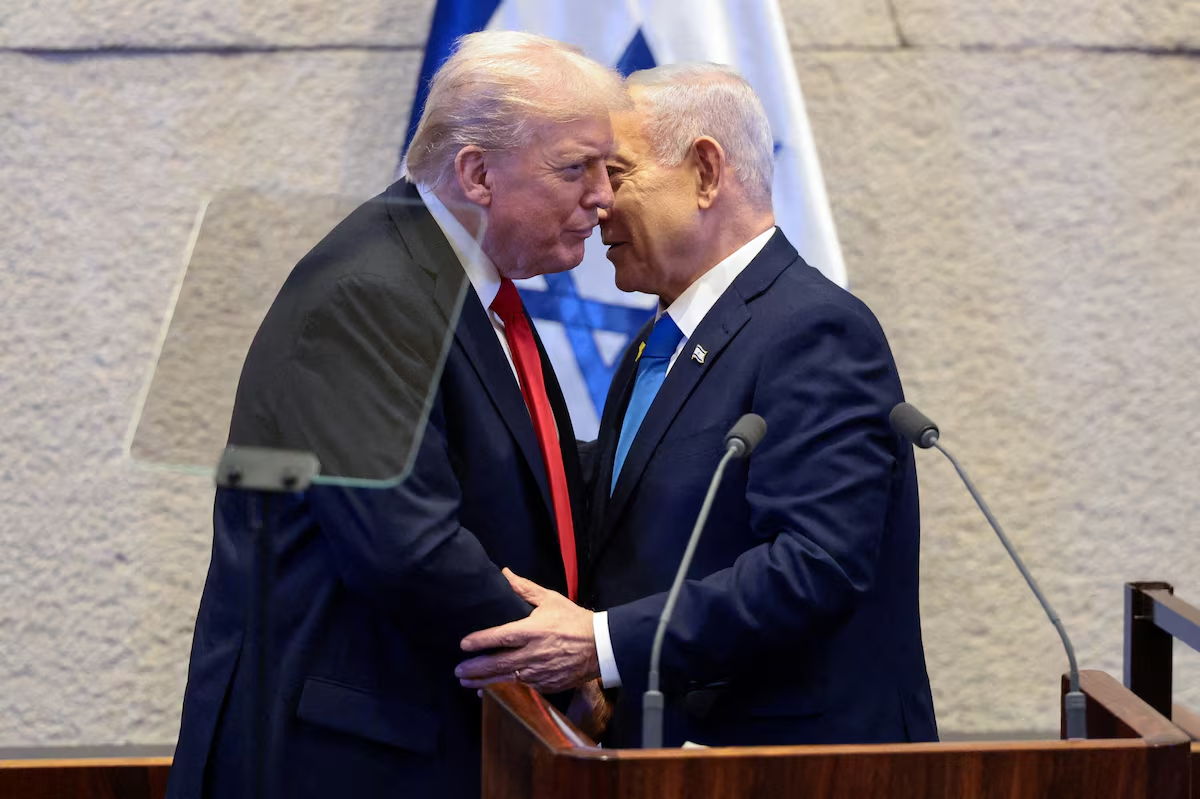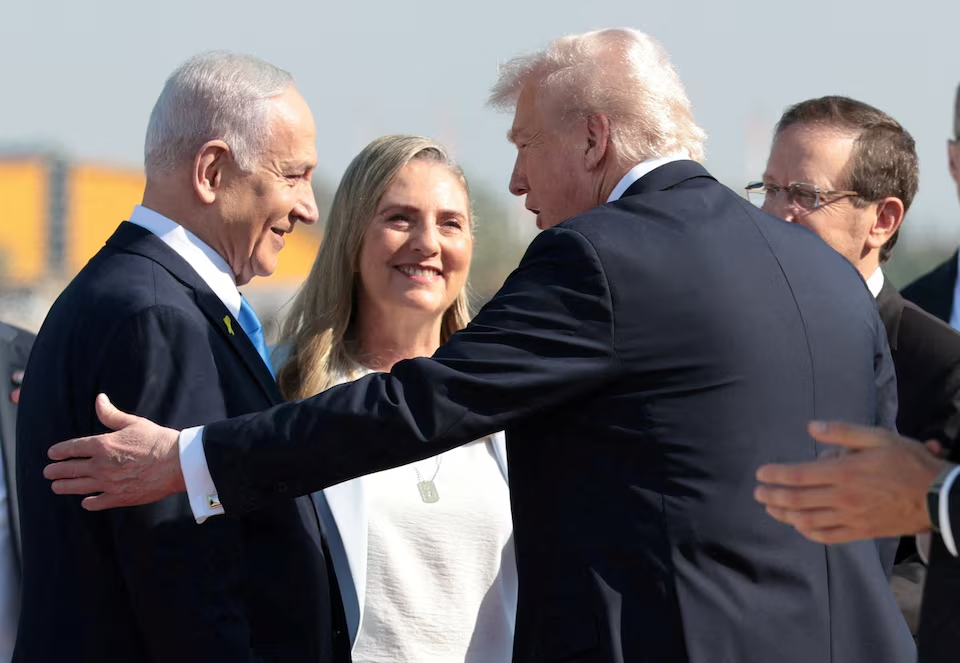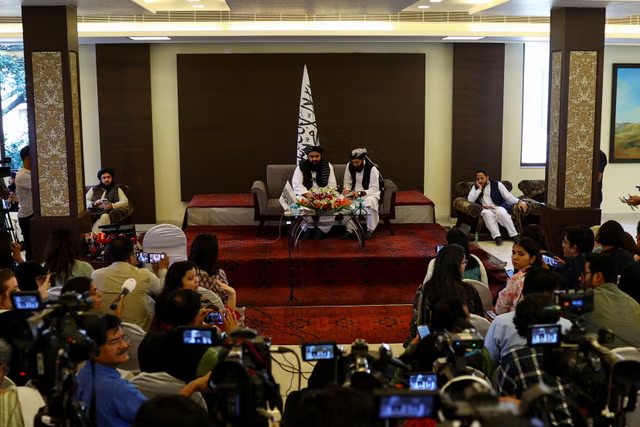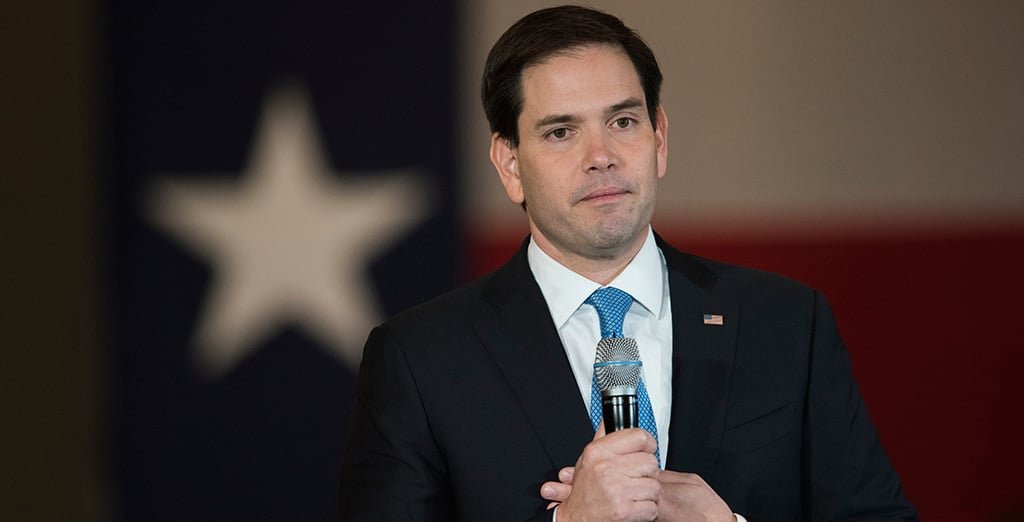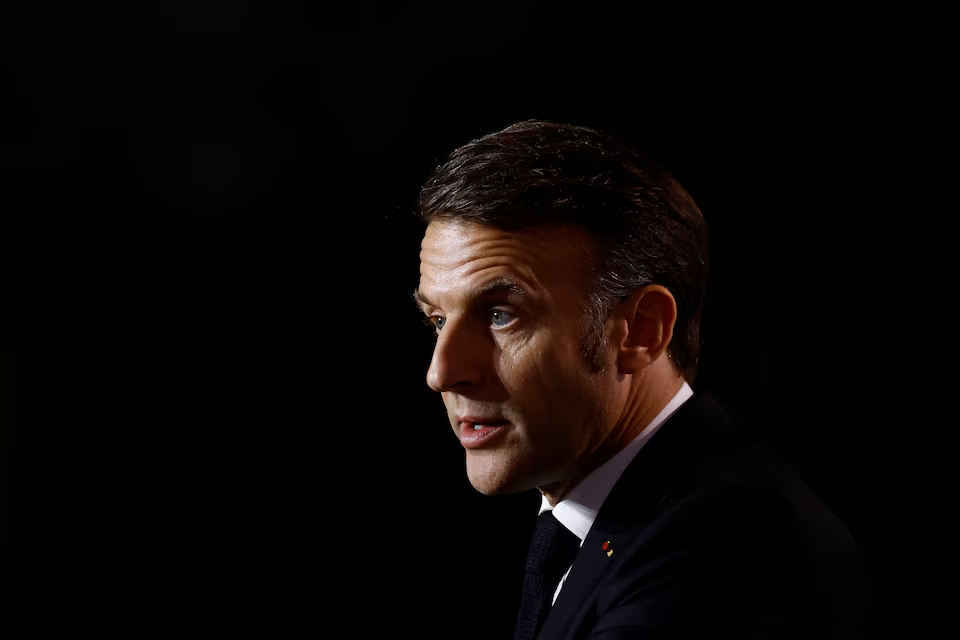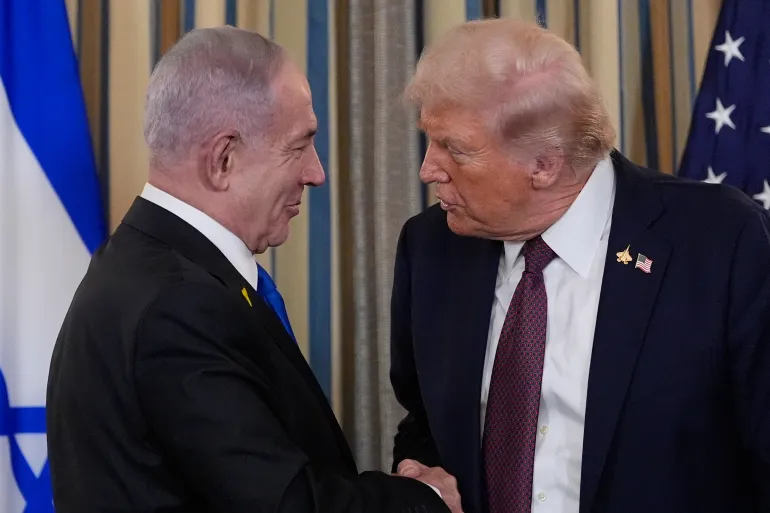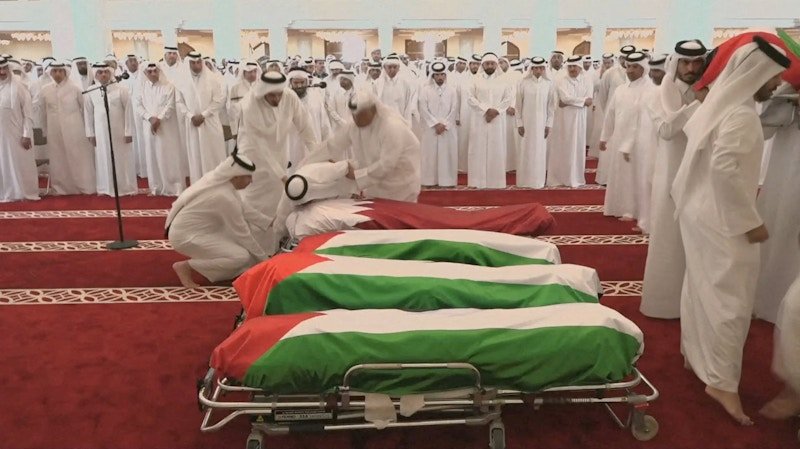India's Uttar Pradesh Prayagraj Hosts World's Largest Hindu Religious Event with Ascetics' First 'Royal Bath'
In Uttar Pradesh's Prayagraj, the first 'royal bath' of the 'Maha Kumbh Mela,' held every 12 years, took place, where dreadlocked ascetics performed a holy dip. Hindus believe that this bath grants liberation from the cycle of birth and death and absolution from sins.
India's Uttar Pradesh Prayagraj Hosts World's Largest Hindu Religious Event with Ascetics' First 'Royal Bath'
India's Uttar Pradesh Prayagraj Hosts World's Largest Hindu Religious Event with Ascetics' First 'Royal Bath'
In Uttar Pradesh's Prayagraj, the first 'royal bath' of the 'Maha Kumbh Mela,' held every 12 years, took place, where dreadlocked ascetics performed a holy dip. Hindus believe that this bath grants liberation from the cycle of birth and death and absolution from sins.
Thousands of devotees bathed at the confluence of the holy rivers Ganga, Yamuna, and the mythical Saraswati, starting from Monday. On Tuesday morning, naked ascetics smeared in ash participated in the holy dip, drawing thousands of onlookers.
Pawan Yadav, who traveled 200 kilometers from Lucknow, said, "I was initially intimidated by the crowd but managed to take a dip within two hours of arriving in the city."
The ascetics moved towards the river amidst drumbeats and chants, riding on decorated trucks, horses, or on foot.
On the first day of the fair, nearly 15 million people took the holy dip. It is expected that more than 400 million people will participate in the event.
The origin of the Kumbh Mela is rooted in a Hindu myth where drops of the nectar of immortality fell to earth during a battle between the god Vishnu and demons. One of these drops is believed to have fallen in Prayagraj.
Every 12 years, the fair is celebrated as 'Maha' Kumbh, considered more auspicious and drawing larger crowds.
Over 150,000 tents have been set up, 450,000 new electricity connections provided, and 40,000 police officers deployed to ensure the smooth conduct of the event.
The festival's budget is estimated at $800 million, and economists expect it to contribute $30 to $35 billion to India's economy.


